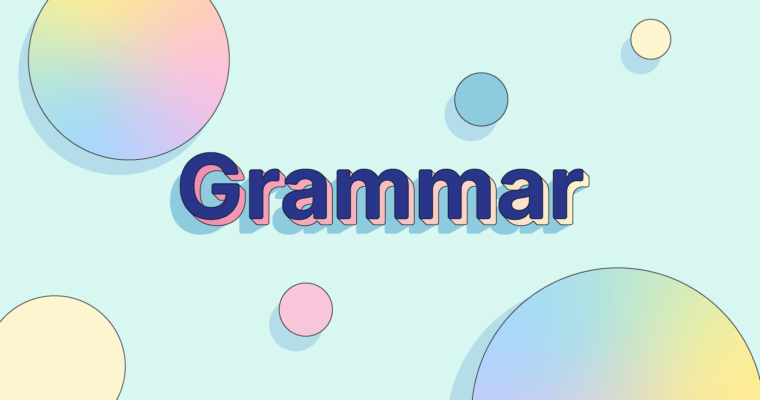
When it comes to capitalizing titles, you’ve probably seen every style imaginable. From all caps to no caps and everything in between, sometimes it seems like title capitalization rules are simply a matter of personal preference.
But there are really two main ways to capitalize titles, headings, and headlines: title case and sentence case. These cases are distinct and have their own definitions, which help to explain when each style is appropriate to use. After all, you don’t want a title that screams when you’re trying to deliver a subtle opener.
Here, we’ll explore the difference between title case and sentence case, including rules to know and examples.
What are title case and sentence case?
Title case and sentence case are two different styles of capitalization used in writing titles, headings, and headlines. With title case, the first letter of every major word is capitalized, while articles, conjunctions, or prepositions are lowercase—unless they are the first word in the title. In sentence case, only the first word is capitalized, along with any proper nouns in the title or heading.
Title case example: The Mystery of the Missing Red Ruby
Important words that are capitalized include proper nouns, regular nouns, adjectives, adverbs, and verbs. As shown in the example, if an article, conjunction, or preposition begins a heading (such as The), then it is also capitalized.
Sentence case example: The mystery of the missing red ruby
Title case is used to emphasize equal importance for every word in a title, heading, or headline. Sentence case reflects the way sentences are written in traditional prose.
Title case and sentence case in titles and headings
When capitalizing titles and headings, there are rules of thumb for using title case versus sentence case. Each type of case follows a specific style guide, which will confirm how to capitalize titles.
Title case should be used when following MLA and Chicago style guides. Title case is more commonly seen in formal writing, such as essay titles, published books, titles of magazine articles, and other scholarly works. It’s also used to refer to a title of a work within your writing, as in this example: In the book Pride and Prejudice, author Jane Austen presents a meditation on class and relationships.
Sentence case should be used when using AP style. It is more common in general or casual forms of writing, such as blog headlines, subject lines of emails, personal essays, and social media captions. Though sentence case is considered more informal, it is typical for newspapers to align with this style.
Rules for title case and sentence case
The use of title case versus sentence case depends on which style guide is being followed, but there are a few recommendations for styling your titles and headings, and some of the rules can be applicable to both cases.
Rules for using title case
1 Always capitalize the first word of the title, regardless of its part of speech.
2 Capitalize all proper nouns, including names of people, places, and specific entities.
3 Capitalize personal pronouns used as proper nouns, such as “He,” “She,” or “It,” as well as any other pronoun referring to a unique entity, such as “Your Majesty.”
4 Capitalize the first word after a colon.
5 Do not capitalize articles, conjunctions, or prepositions (unless they are the first word of the title).
6 Use title case when following MLA or Chicago style guides.
Rules for using sentence case
1 Always capitalize the first word of the title, regardless of its part of speech; in many cases, this will be the only capitalized word in the title.
2 If the title features proper nouns, including names of people, places, and specific entities, these should also be capitalized.
3 Do not capitalize minor words, including articles, conjunctions, or prepositions (unless they are the first word of the title).
4 Capitalize the first word after a colon.
5 Use sentence case when following AP style.
Title case and sentence case examples
Here are some examples of titles that use title case and sentence case.
Title case: The Quick Brown Fox Jumps Over the Lazy Cat Sentence case: The quick brown fox jumps over the lazy cat
Title case: Science Fiction Classics: Exploring the Timeless Tales of Distant Galaxies Sentence case: Science fiction classics: Exploring the timeless tales of distant galaxies
Title case: Nadya’s Adventures Living in Dublin, Ireland Sentence case: Nadya’s adventures living in Dublin, Ireland
Title case and sentence case FAQs
What are title case and sentence case?
Title case and sentence case are two different styles of capitalization used for titles, headings, and headlines. With title case, the first letter of every major word is capitalized, while articles, conjunctions, or prepositions are lowercase—unless they are the first word in the title. In sentence case, only the first word is capitalized, along with any proper nouns.
When are title case and sentence case used?
Title case is typically used in formal settings, such as academic writing, while sentence case is reserved for more flexible or casual writing, such as blog titles. Title case is used when following MLA or Chicago style guides, whereas sentence case is used in AP style.
What are the rules for using title case and sentence case?
The rule for both title case and sentence case is to always capitalize the first word of the title, regardless of its part of speech. Another rule that pertains to both title case and sentence case is to capitalize all proper nouns, including names, places, and specific entities.



